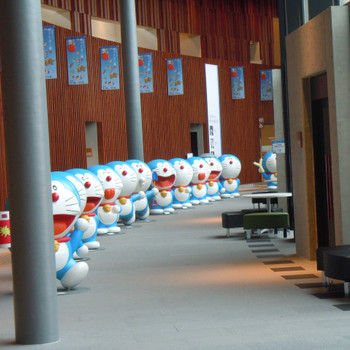What would be the best force to dislodge the Spartans at Thermopylae?
2 Answers
Attacking a melee force with secure flanks as in Thermopylae needs more than another melee force.
Explanation:
Because the Spartans were heavily armored and in a very good defensive position with secure flanks and could rotate tired, hungry and wounded troops out of the line, they could resist another melee force indefinitely. What they needed was what was called peltasts at the time. Some troops armed with slings and other distance weapons to damage the Spartans without causing friendly casualties but possibly inducing the Spartans to unwisely break formation and attack.
The slings etc. of the time were not very effective particularly against an armored and shielded Hoplite. They could wear troops down over time as recalled by Xenophon in "Anabasis"
A Roman Legion would have been more effective with javelins to remove the Hoplites' shields, and sword and shield to create and exploit gaps in the phalanx. The independent small unit approach of the Romans which rewarded initiative would have helped against the phalanx in a defensive role. The Romans did this successfully centuries later.
The Persians at the time and later did not reward initiative to the extent that the Greeks did. The Persians would have rather mindlessly attacked the Spartans without effective bombardment in a tight formation which the Spartans easily resisted.
A bunch of Medieval archers with longbows, composite bows or crossbows would also have helped but they didn't exist at the time.
The Spartans held out until they were seriously flanked.
A heavy armored unit.
Explanation:
Elephants like those used by Hannibal against the Romans could have possibly broken the line of shields and spears of the Spartan phalanx. The break in the line could then have been exploited by melee troops before the line could be reestablished.
Another possibility would be heavy chariots. The horses would be impelled on the first line of spears but the momentum of the horses and heavy chariots could have broken the first line. Then a second and third line of chariots could have broken the interior lines.
Alexander was able to avoid the Persian Chariot charge by opening his lines and allowing the Chariots through to be destroyed by interior troops. The Spartans did not have a space to open their lines and dodge the impact of heavy chariots.
As the Persian army had been transported by small boats powered by rowers there were no Elephants , heavy chariots, or horses to attack the Spartans. The Persians depended on light archers slingers and other missile troops to decimate the opposing forces. Then the heavy infantry of the Immortals would follow up on the broken and weakened lines of the enemy.
The heavily armored Spartan infantry was not seriously affected by the light missile troops. The heavy infantry could not break the line of the phalanx of the Spartans and were repulsed.

